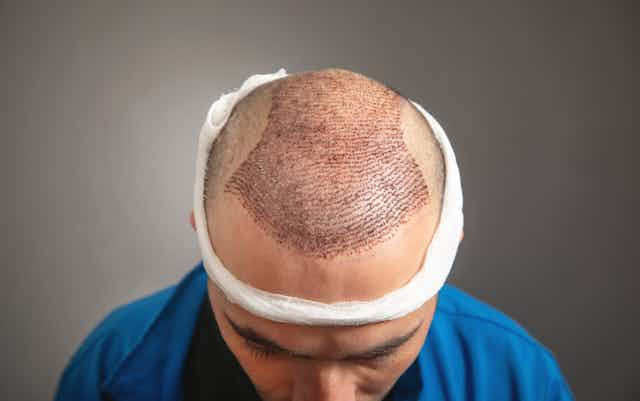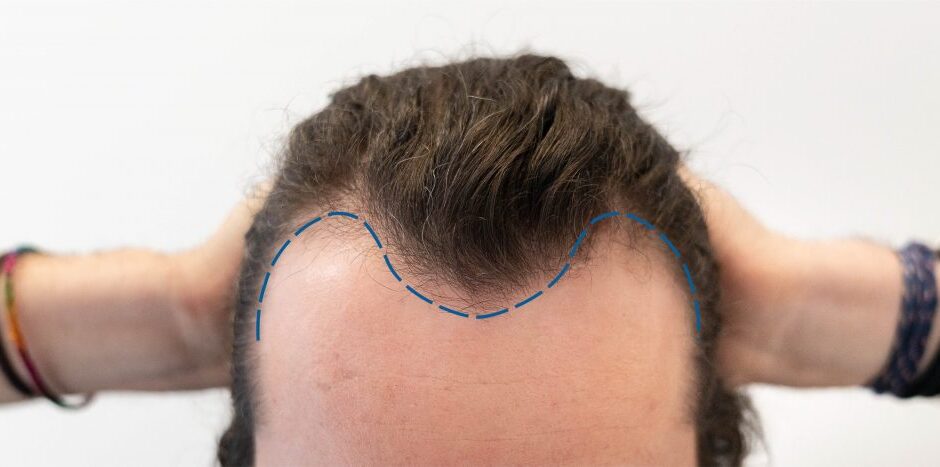Undergoing a hair transplant can be a life-changing decision, but proper preparation is key to ensuring the procedure goes smoothly and you achieve the best possible results. Whether you’re opting for Follicular Unit Extraction (FUE) or Follicular Unit Transplantation (FUT), careful planning before the surgery will make the recovery process easier and improve the chances of success. In this guide, we’ll walk you through how to prepare for your first Hair Transplant(زراعة الشعر ) to help you feel confident and informed on the day of the procedure.
Understand the Procedure:
Before going ahead with a hair transplant, it’s important to have a clear understanding of the procedure. Knowing what to expect can help you mentally and emotionally prepare for the process.
Consultation with Your Surgeon:
- During your initial consultation, your surgeon will evaluate your hair loss and recommend the best technique for your needs.
- The surgeon will explain the process, recovery time, and what results you can realistically expect.
Choosing the Right Technique:
- FUE involves extracting individual hair follicles, leaving minimal scarring and a quicker recovery time.
- FUT involves removing a strip of scalp, which may result in a linear scar but allows for the transplantation of a larger number of grafts.
Make sure to ask your surgeon about the pros and cons of each technique to help make an informed decision.

Follow Pre-Procedure Instructions:
Proper preparation before your hair transplant is essential to ensure the best results and minimize complications. Your surgeon will likely provide you with specific instructions that you should follow carefully.
Avoid Certain Medications:
- Certain medications, like blood thinners or aspirin, can increase the risk of bleeding during surgery.
- Your surgeon will advise you to stop taking any medication that could interfere with the procedure, typically about a week before your surgery.
Avoid Alcohol and Smoking:
- Alcohol can increase bleeding and affect your immune system, so it’s recommended that you avoid drinking alcohol at least 48 hours before the procedure.
- Smoking can impede circulation, which can negatively affect healing and hair growth. Try to refrain from smoking for at least a few days before the surgery.
Shampoo and Clean Your Scalp:
- Wash your hair thoroughly the night before the procedure to ensure that your scalp is clean.
- Avoid using any hair products like gels or sprays on the day of the surgery, as they may interfere with the procedure.
Arrange for Aftercare and Recovery:
Although a hair transplant is typically a straightforward procedure, the recovery process requires attention. Proper aftercare can make a significant difference in how well your hair transplant heals and how quickly you see results.
Have a Support Person Available:
- Arrange for a friend or family member to drive you home after the procedure, as you may feel groggy or fatigued from the local anesthesia.
- Having someone with you can also offer emotional support during the initial recovery stages.
Prepare Your Recovery Area:
- You may need to rest for a few days following the procedure. Create a comfortable area at home where you can relax.
- Make sure to have pillows to prop up your head while you sleep, as keeping your head elevated will reduce swelling.
Follow Aftercare Instructions Carefully:
- Your surgeon will provide you with specific instructions for post-surgery care, such as how to clean your scalp, when to start washing your hair, and which products to avoid.
- Stick to the prescribed aftercare regimen to avoid infection and ensure the best possible hair growth results.
Be Prepared for the Recovery Timeline:
While hair transplants are minimally invasive, there is still a recovery period during which you may experience swelling, redness, or some discomfort. Understanding the typical timeline for recovery can help you set realistic expectations.
Initial Recovery (1-7 Days):
- During the first week, you may experience some redness, swelling, and scabbing at the transplant site. This is normal and typically fades within a few days.
- Most patients return to work or regular activities within 3-5 days after the procedure, depending on the level of discomfort and how your body heals.
Hair Growth (3-6 Months):
- The transplanted hair may shed within the first few weeks, but don’t be discouraged – this is a natural part of the process.
- New hair growth typically begins to show around 3-6 months after the procedure. Full results may take up to 12 months to become visible.
Set Realistic Expectations:
It’s important to have realistic expectations going into a hair transplant. While hair restoration is effective, it’s not an overnight miracle. Understanding the results you can expect and setting achievable goals will help ensure that you’re satisfied with the outcome.
Results Vary from Person to Person:
- Everyone’s hair growth is different, and the number of grafts needed will vary depending on the size of the transplant area.
- Some individuals may see quicker results, while others may experience slower growth.
Permanent, But Not Instant:
- The results of a hair transplant are permanent, but they take time. Patience is key when waiting for your new hair to fully grow in.
- Expect gradual improvement over the course of 9-12 months as your transplanted hair begins to thicken.
Consider the Costs:
Before undergoing a hair transplant, it’s crucial to understand the costs involved and make sure you’re prepared financially. Hair transplants are typically an out-of-pocket expense, as most insurance plans do not cover cosmetic procedures.
Weigh the Long-Term Value:
- While the upfront cost may seem high, a Hair Transplant(زراعة الشعر ) is a one-time expense that provides permanent results, which can save you money on temporary solutions in the long run.
- Consider the boost to your self-esteem and quality of life as added value to the procedure.
Conclusion: Preparing for Your First Hair Transplant
Proper preparation is key to a successful hair transplant experience. From understanding the procedure and following pre-surgery instructions to planning for recovery and setting realistic expectations, every step you take can help ensure you achieve the best possible results. With the right preparation, you’ll be well on your way to enjoying fuller, thicker hair and a renewed sense of confidence. By taking the time to properly prepare, you can rest easy knowing that you’re making an informed and confident decision about your hair restoration journey.



